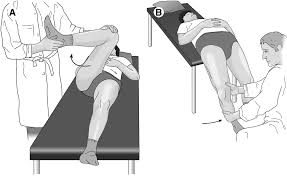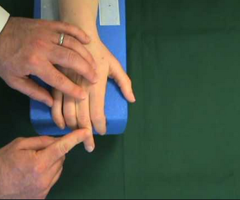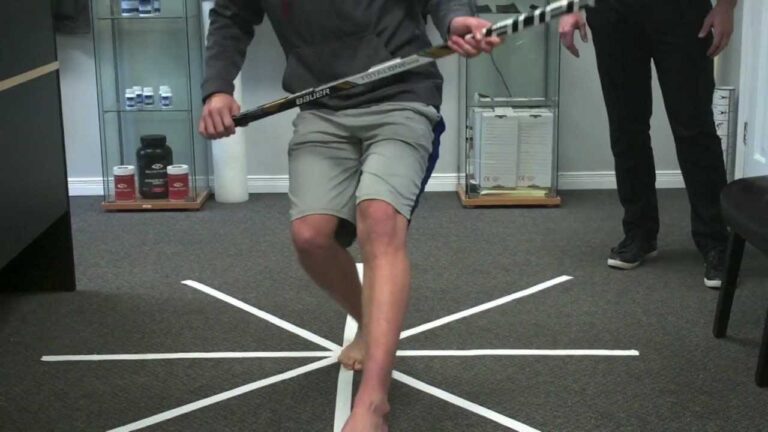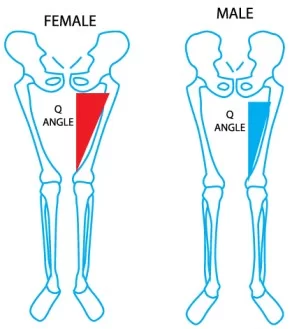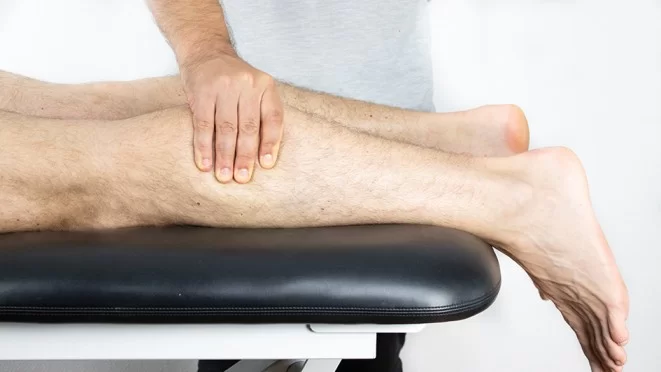A special test of impingement of the hip :
- Impingement of hip means in some lesions of hip pathology are impinge to some structures of hip.
- This test is applied by to doctor or therapist into a clinic to check the impingement of the hip.
- This test is applied in the clinic for the check to hip pathology.
- This test is applied when a patient is complain about hip pain.
Name of special test of impingement of the hip :
- Anteroposterior impingement test
- Posteroinferior impingement test
Purpose of this both impingement of the hip:
- This test is used to check for impingement of the hip.
- This test is also checked to some lesions of hip such as labral lesions , chondral lesions = anteroposterior impingement test
- This test is checked to a feeling of pain of patient such as groin pain or buttock pain = posteroinferior impingement test
Anteroposterior impingement test :
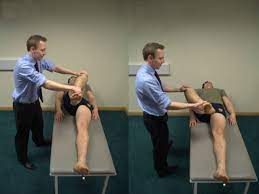
- This test is a test for hip dysplasia means acetabular retro version, slipped capital femoral epiphysis & femoroacetabular impingement.
- Technique =
- The patient lies supine with the hip flexed to 90′.
- The examiner then medially rotates & adducts the hip which leads to impingement of the femoral neck against the acetabular rim.
- Forcefully medial rotation can lead to labral lesions, chondral lesions, or both.
- Result = patient feel to pain is a positive sign.
- The hip is similarly tested in different degrees of flexion means 45′ to 120′ with pain increasing with increased flexion.
Posteroinferior impingement test :
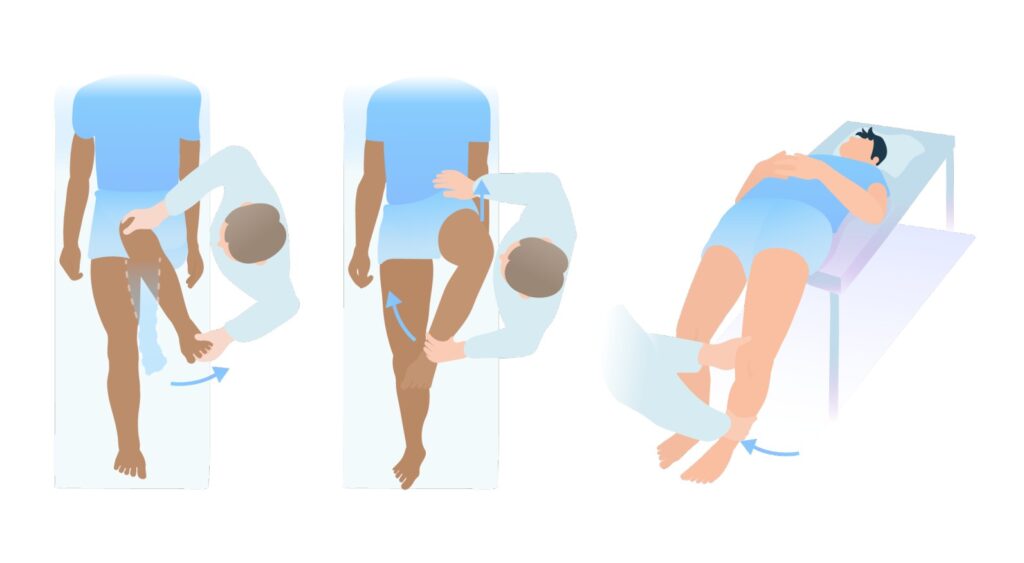
- This test is a test for global acetabular over coverage means coxa profunda or coxa protrusion, global femoral neck offset abnormalities & posterior acetabular cartilage damage.
- This posteroinferior impingement test is positive in people who place the hip in extremes of ROM.
- People include ballet dancers, martial artists, hockey goaltenders, mountain climbers, yoga practitioners,long-striding runners.
- Technique = the patient lies supine with the legs hanging free over the edge of the bed to ensure maximum hip extensions.
- The examiner is then laterally rotates means external rotates the hip quickly.
- Result = deep-seated groin or buttock pain is an indication of posteroinferior impingement.
Modification of both test :
- DIRI = dynamic internal [medial] rotation impingement test
- DRXRIT=dynamic external[lateral]rotation impingement test
- These are modifications of the previous two tests.
- These both tests are used to commonly used in arthroscopic of the hip.
- In both tests, the patient is in supine lying.
- The examiner takes the tested hip into 90′ of flexion.
- For the DIRI test, the hip is passively moved through a wide arc of adduction & medial rotation [ internal rotation].
- While for DRXRIT, the hip is passively moved through a wide arc of abduction & lateral rotation[ external rotation].
- Result = if to patient feel the pain; it is indicated to a positive test.

